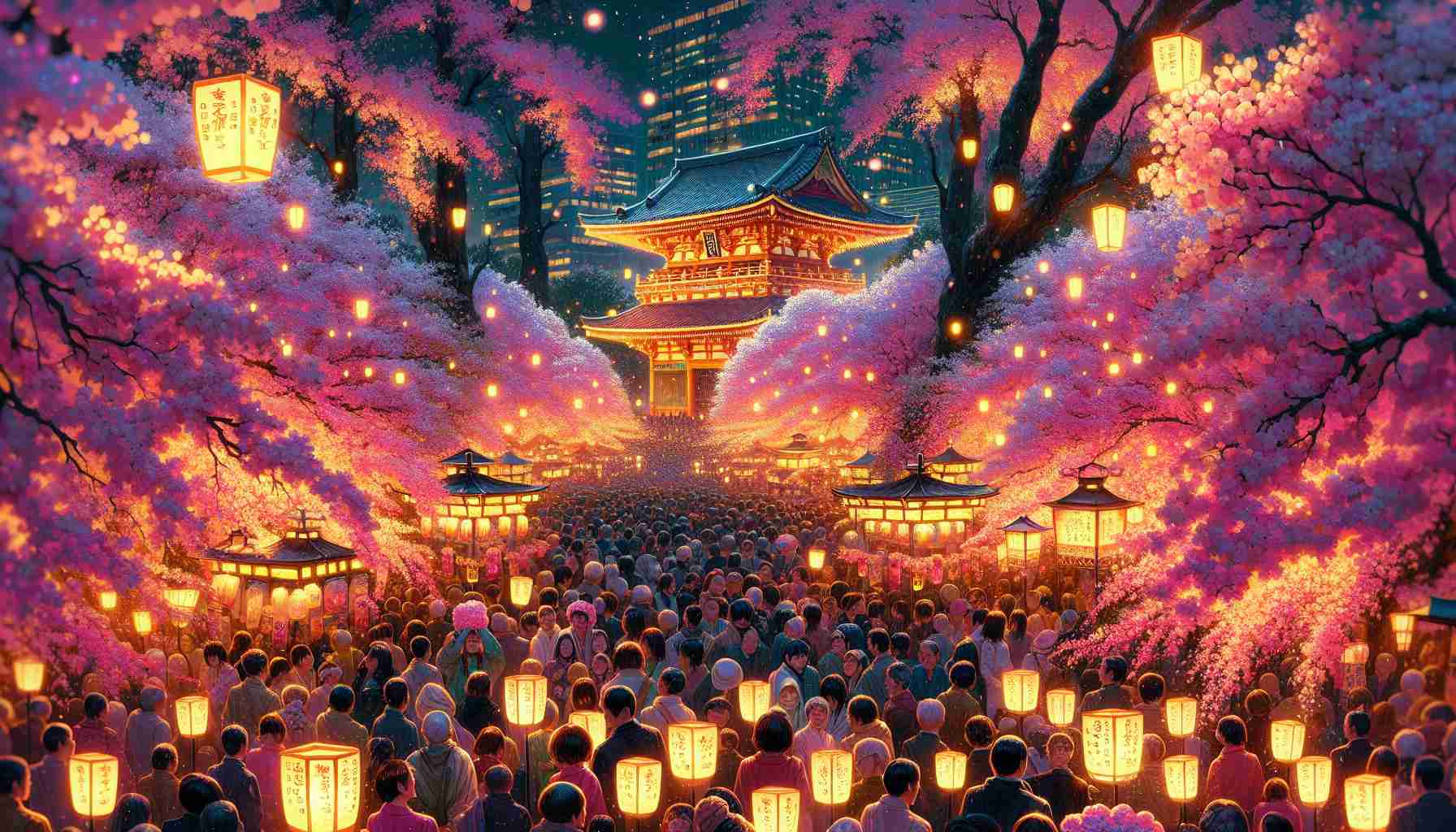- Keio Mukougaoka Yuen in Tokyo showcases a stunning “Ume Festival” with 50 varieties and 500 plum trees.
- The highlight is the “Jushobai,” a 300-year-old tree, located by the Shoren-an tea house.
- The festival runs from February 1 to March 9, featuring evening light installations on selected dates.
- Activities include workshops, panel exhibitions, and Hinamatsuri celebrations, enriching the cultural experience.
- Admission is 500 yen for adults and 100 yen for children, with an annual pass available.
- Accessible via a 10-minute walk from the nearest Keio Line station or by Keio Taxi with a free umeboshi gift.
- Select express trains from Shinjuku stop at Mukougaoka on weekends and holidays in February.
Immerse yourself in a floral fantasy this season at the renowned Keio Mukougaoka Yuen in Tokyo, where the captivating “Ume Festival” unfolds in a dazzling display of nature’s beauty. As one of Tokyo’s prime destinations for plum blossoms, this vast 26,000 square meter garden boasts a stunning collection of around 50 varieties and 500 majestic plum trees. The iconic centerpiece is the “Jushobai,” a venerable tree over 300 years old, gracefully stationed in front of the Shoren-an tea house.
Visit during mid-February to witness the garden at its prime, where evening light installations transform the quaint blossoms into a mesmerizing spectacle. These nighttime illuminations offer a contrasting charm to the gardens and are available on selected dates, allowing visitors to enjoy extended hours of floral wonder.
Beyond the natural allure, the festival also features engaging workshops, panel exhibitions, and traditional Hinamatsuri celebrations, enriching the cultural tapestry of this vibrant event. The festival runs from February 1 to March 9, operating daily from 9 AM to 5 PM, with extended hours on light-up evenings.
Admission is affordable, with tickets priced at 500 yen for adults and 100 yen for children. For those captivated by its charm, an annual pass is available for purchase at Shoren-an. Enhance your visit by taking a scenic 10-minute walk from the nearest Keio Line station, or arrive in style with a Keio Taxi for a unique surprise—a complimentary handmade umeboshi from the garden.
Remember, select express trains from Shinjuku station make a special stop at Mukougaoka during weekends and holidays in February, integrating convenience with your journey into this breathtaking blossom haven. Experience Tokyo’s enchanting blossoms this season and let nature’s artistry captivate your heart!
Discover the Secrets of Tokyo’s Ume Festival: More Than Just Blossoms
Explore the Richness of the Ume Festival Beyond Blossoms
The renowned Keio Mukougaoka Yuen in Tokyo transforms into a floral fantasy every season, drawing visitors to its captivating “Ume Festival.” While many are attracted by the stunning collection of around 50 varieties of plum blossoms spread across 26,000 square meters, there’s more to this historic garden than meets the eye. Let’s delve into the additional elements that make this festival an unmissable experience.
How-To: Make the Most of Your Visit
To fully immerse yourself in the Ume Festival, plan your visit during mid-February when the plum garden is in full bloom. Evenings offer a special allure, with light installations casting a magical glow on the blossoms. Check the festival’s schedule for these special light-up evenings to extend your enjoyment.
Pros and Cons of the Ume Festival
Pros:
– A stunning display of over 500 plum trees with 50 varieties.
– Nighttime illuminations for a unique viewing experience.
– Cultural enrichment through workshops and exhibitions.
– Affordable entrance fees for individuals and families.
Cons:
– Crowds during peak bloom periods can detract from the experience.
– Limited special train services only on weekends and holidays.
Key Features and Attractions
One of the standout features of the festival is the revered “Jushobai,” a plum tree over 300 years old, which holds a place of honor in front of the Shoren-an tea house. Workshops and traditional Hinamatsuri celebrations offer a deeper dive into Japanese culture, enhancing the festival’s appeal.
Travel and Admission Tips
Extend your journey by taking a scenic 10-minute walk from the nearest Keio Line station. For a touch of local hospitality, opt for a Keio Taxi, which comes with a complimentary handmade umeboshi—a delightful gift from the garden’s own produce. Admission is budget-friendly, making it accessible for everyone.
Comparisons with Other Floral Festivals
The Ume Festival stands out not only for its historical significance but also for its unique blend of daytime beauty and evening enchantment. Unlike other floral festivals that focus solely on day views, the Ume Festival’s light installations create a magical night experience.
Future Predictions and Trends
As appreciation for cultural tourism grows, the Ume Festival is likely to see increased attendance. Future trends may include digital insights through AR applications, enhancing visitor experiences with historical and botanical knowledge delivered via technology.
Insights for First-Time Visitors
New visitors are often surprised by the array of cultural experiences available beyond the blossoms. Engage with interactive displays and traditional crafts to gain a broader understanding of Japanese traditions.
For more information about Tokyo and events, visit the official Tokyo Tourism website.
By uncovering these layers of the Ume Festival, visitors can look forward to not only breathtaking nature scenes but also a profound cultural engagement that captivates all who attend.
